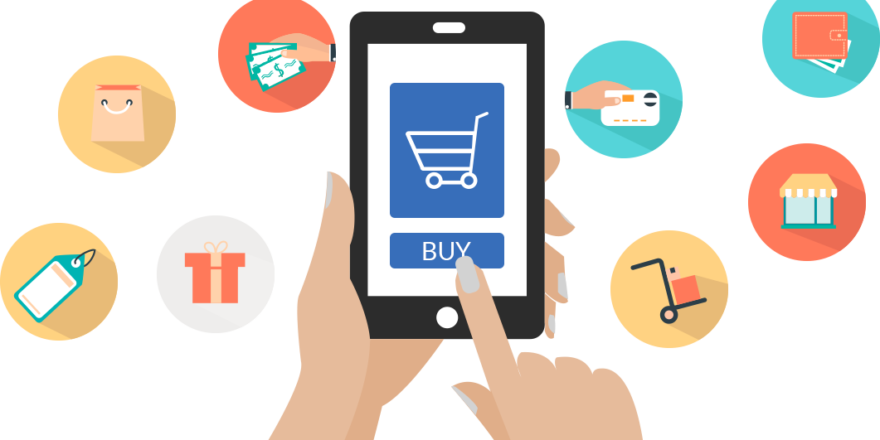E-commerce Businesses Are Spending Money On Ads While Their Emails Gather Dust

Acquiring new customers has only become more costly over the past few years, with a new customer costing 50 percent more in the last five years. HubSpot reports that email marketing for e-commerce businesses are heavily investing in paid ads on Google, Facebook, Instagram, and TikTok, but their marketing ROI continues to diminish.
These brands pay almost zero attention towards email marketing, a channel that provides an average ROI of 42:1. Instead, they spend thousands on ads to acquire one-time buyers instead of cultivating loyal customers through email engagement.
The Opportunity Cost From Using Email Less Than Possible
This is what happens when emails are neglected:
- Weak Customer Engagement: Engaging customers is already an uphill task, and only 20 percent of them come back for seconds without any form of engagement.
- Low Customer Engagement: According to reports, 70% of customers shopping online have left a purchase halfway.
- Inefficient Use of Email Lists: Emails are collected, but nurturing leads is where e-commerce businesses seem to lose the plot.
If your business is facing these issues, you are undisputedly losing revenue that is already within your grasp.

Your Competitors Are Already Winning With Email
It’s no secret large brands and firms have already turned a profit. This is why smaller smart brands are intricately planning strategies and using email marketing to earn ROI without spending on ads.
How Amazon Masters Email Marketing
Amazon has mastered using emails to market their products. This plays a big role in their success over their competitors and advancement towards brand dominance . Let’s take a look at how Amazon achieves mastery over ecommerce with emails:
- Personalized Suggestions: Amazon increases it’s conversion rate by 35% when it sends emails of suggestions to users based on their purchase history and browsing.
- Cart Recovery: They employ a sequence of reminder emails to recapture lost sales by enticing customers back.
- Customer Re-engagement: Long time no see customers are sent targeted emails containing discounts or product updates which ultimately reduces churn.
Amazon, a giant in the E-commerce world relies heavily on emails. If this is the case, why don’t other businesses follow suit?
Another example? Brands that are direct to consumer like Nomad, who sell accessories, claimed to gain 20% of their revenue from emails sent such as welcome emails, abandoned cart messages, and post purchase follow ups.
Not convinced? Klaviyo stats state e-commerce businesses that do apply email marketing vs those who don’t results in 30% repeat purchases increment.
If no convincing, the data stands clear. If you are not using emails strategically in your business, don’t be surprised when you hand your competitors revenue fall into the wrong hands.

A Proven Email Marketing Framework for E-commerce Success
How do you remedy this bump in the road and start generating revenue from emails? Let me share with you this framework that has yielded results time and time again;
Build a high-Quality Email List
In this case, your email list is your greatest asset, this is the a way for you to grow it effectively;
- Optimized Pop ups & Lead Magnets: Use exit intent pop-ups that offer discounts. Better yet, use free shipping.
- Post-Purchase Email Collection: Ask users to subscribe at checkout.
- Loyalty Programs & Referrals: Give incentives for customers who provide their email. Make them exclusive, it encourages more of them to join.
Example: Brooklinen grew its list by 150% in six months using a pop up that said “10% off your first purchase”.
High Converting Email Sequence
High performing e-commerce brands have structured email sequences. Here’s what they have:
Welcome Series (Opens: 50-60%)
- Email 1: Introduction & Offer (e.g. 10% off first order)
- Email 2: Brand Story Social Proof
- Email 3: Best Selling Products Testimonials
Abandoned Cart Recovery (Conversion: 10-15%)
- Email 1: Reminder With product image (1 Hour Later)
- Email 2: Urgency based discount (24 hours later)
- Email 3: Customer Reviews, Social Proof (48 hours)
Example: Casper, a brand of mattresses, recovers 20% of abandoned carts using a humorous and engaging email sequence. That accounts for over 20% of abandoned carts recovered. Who wouldn’t want to get back in touch after receiving emails like these?
Following Up After Purchase & Retention
(Boost Retention By 30%)
- Email 1: Confirmation & Order Status Tracking
- Email 2: (5 days later): Tips On Using & Maintaining The Product
- Email 3: (14 days later): Request For Reviews & Introduce Referral Program
- Email 4: (30 days later): Offer Upsell Or Encourage Repeat Purchase
Reactivation Campaigns (Winback Rate: 20-25%)
- Target inactive users (no purchases in over 60 days)
- Send a discount “We Miss You” offer email
- Follow with a “Personalized Recommendation” email
Example: Using this method, Warby Parker reactivates 26% of dormant customers.
Personalization & Automating Deliverables: The New Frontier
Mass blanket emails are rarely effective. Personalization increases revenue by 760% (Campaign Monitor). Use:
- First Name & Previous Purchase History: Hey, [Name], your most loved shoes are back on the shelf!”
- Dynamic Content: Display different products based on browsing history.
- Automated Sequences: Set once, and let automated emails work around the clock to make sales.
Example: Email revenue for Chubbies, an apparel brand, increased 50% through automation and segmentation.
Testing And Optimization For Best Results
Every email campaign requires some level of optimization, even if pre-existing criteria are deemed ‘best.’ Some key areas include:
- Subject Lines: Try A/B testing emojis, shocking phrases, and curious hooks.
- There are optimal send times: User behavior determines testing times.
- Email copy & CTA buttons: Test your text, slogan, and verb style. Change the direct vs persuasive element length.
Example: Subject lines simple changes gave Glossier a 12% increase in their open rates.
Conclusion: Take control of your customer base instead of wasting money.
Paid ads are only one portion of the market that you might be targeting. If you are an e-commerce business, it is high time you paid attention to how much revenue email marketing can drive for you. Email marketing for e-commerce is not just a perk – it is an asset.
Key Insights:
- For every dollar spent on email marketing, there is $42 earning potential.
- Other businesses like Brook Linen, Amazon, and Casper are using email marketing to their advantage
- A well-structured email marketing campaign has the ability to enhance repeat purchase rates, customer retention, and lessened abandoned cart syndrome.
It’s time to evaluate whether you will continue overspending on advertisements or choose to implement a strategy that will be proven to yield results if started today.
I suggest you take smarter decisions now so that you can increase earnings later on.






